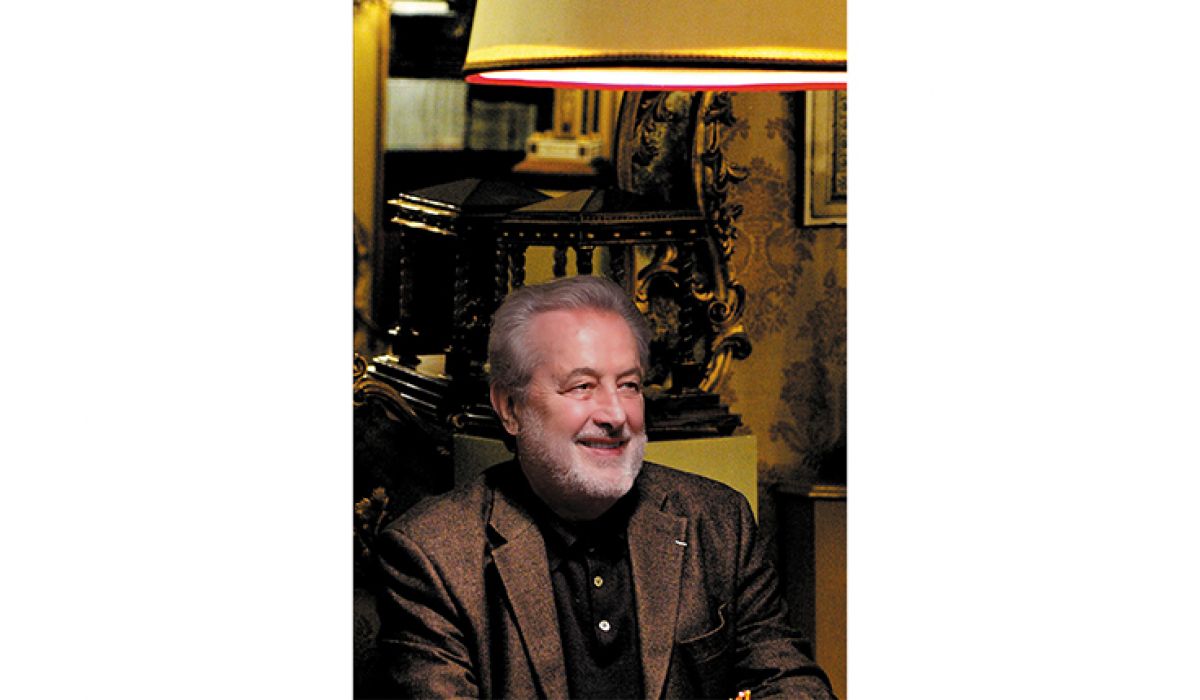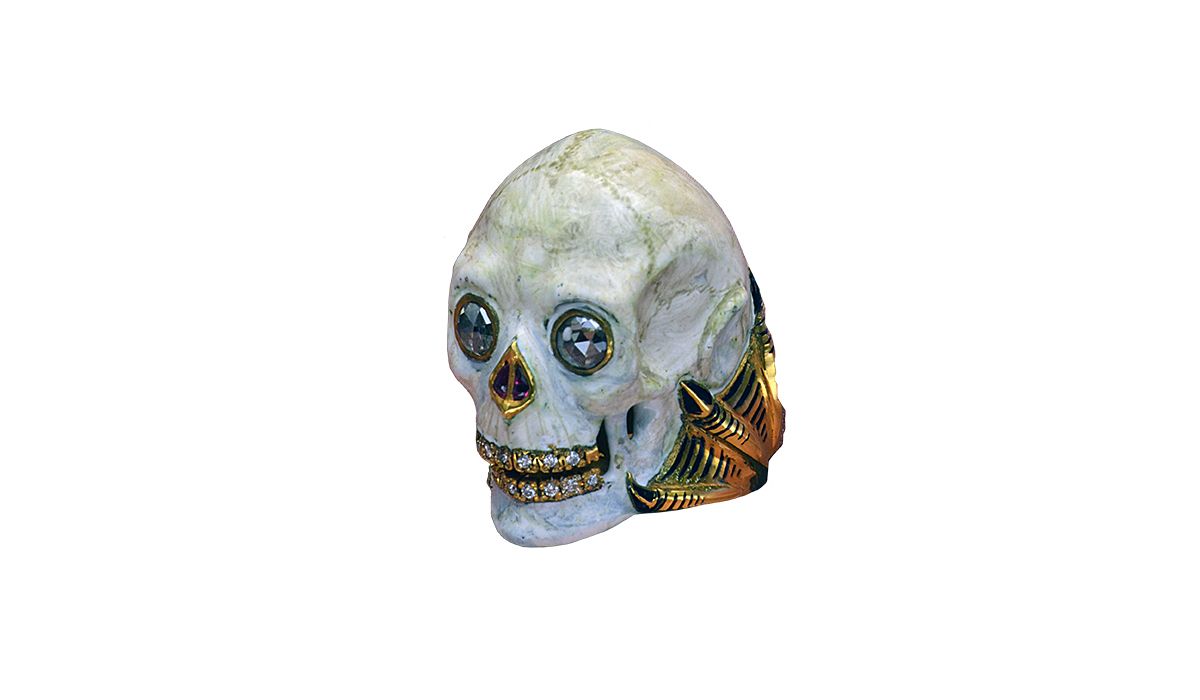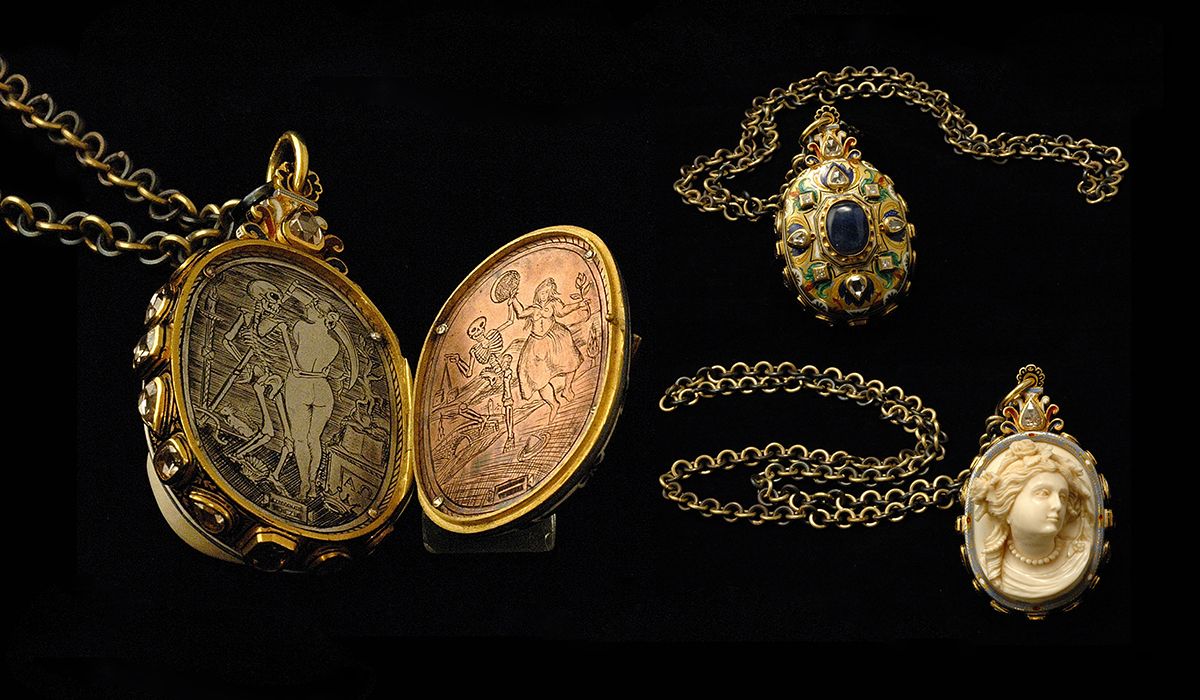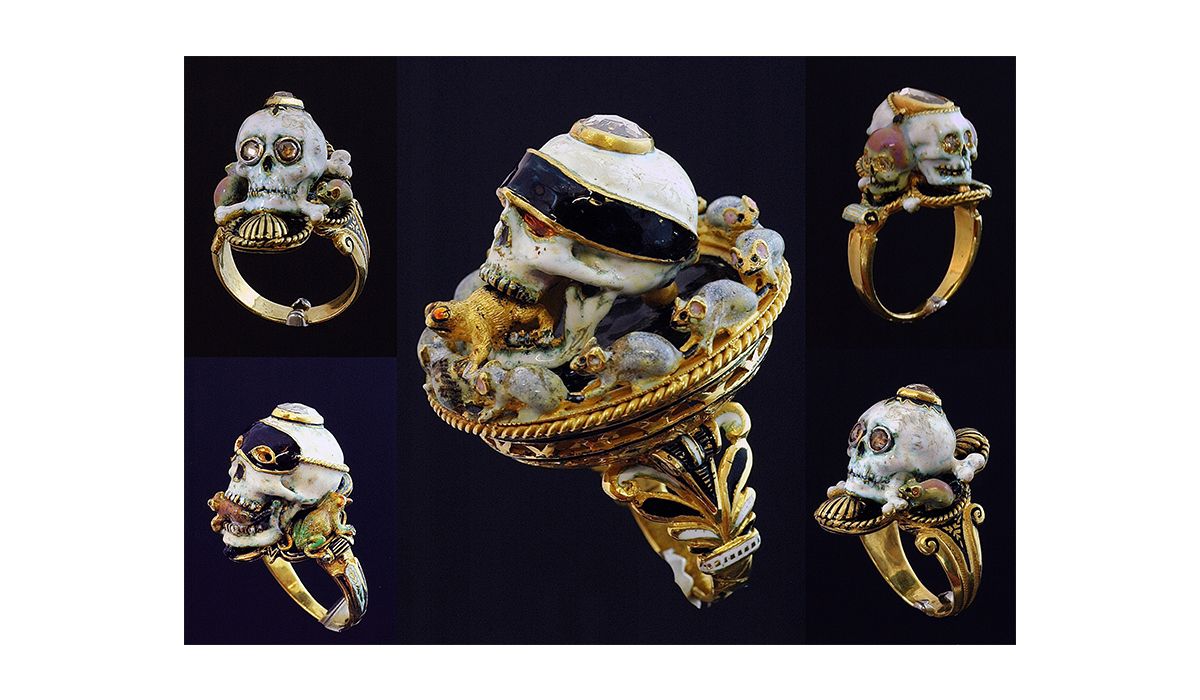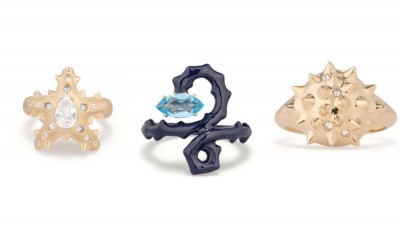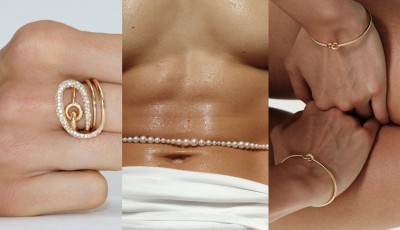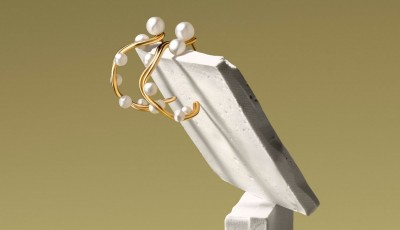Inside the World of Casa Codognato
Baroque and Byzantine references animate Casa Codognato’s cabinet de merveilles
«My vision is very close to that of the German Wunderkammer,» Attilio Codognato points out straightaway. He speaks like a cultured and elegant gentleman of times past, with the refined and impeccable spirit of an art collector (one of the most important in Italy, he has also founded a gallery), and just the right amount of restraint and subtlety. Casa Codognato, his historic jewellery store (since 1866), just steps from Saint Mark’s rational and creative path, drawing out a narrative and exciting itinerary. «I'm still truly happy with my classic pieces. Sometimes I am tempted to recopy them, but then I realize they will never be the same.» Halfway between jewellery and works of art, they are important pieces because of their technique and content: each one tells a story and communicates a memory. The link with the finest 'sartorial' craftsmanship is strong. It is based on a meticulous attention to every handmade detail, from granulated filigree, and the painstaking choice of every single material, from gold to ebony, and from precious stones to coral. The style is ‘Made in Codognato’, a mix of Byzantine and Baroque, with Etruscan traces. The affinity for Venice is everlasting, with its cultural atmosphere, and its aristocratic environment, full of connections to every phase of the development of Casa Codognato’s journey: «It’s a tight bond, because we’ve always sold souvenirs, albeit, high level; that unusual and curious memory everyone wants when they come to Venice.»
«Admirers and fans of my work, through international shows, recognize me in Vanitas jewels.»
Like Byzantine crosses and tangled snakes, Moretti jewels inspired by the ancient marine culture, and Memento Mori jewels with skulls, which having become an anchor in contemporary jewellery, «continue to be the most requested, the only ones that truly intrigue those who enter my shop. Perhaps because it is the object par excellence representing death. In reality, it makes you reflect on life,» he explains. Then with a bit of healthy irony, he adds, «the so-called modern pieces aren’t successful in my store. They are ‘trendy’ and by definition, trends die out. We have 150 years of history and we can copy ourselves. There is no need to invent something new. Admirers and fans of my work, through international shows, recognize me in Vanitas jewels. And I am proud to see the children and grandchildren of my clients from times past. In creating my jewels, I look back, and in doing so, I see a lot of things that are ahead of their time.»



